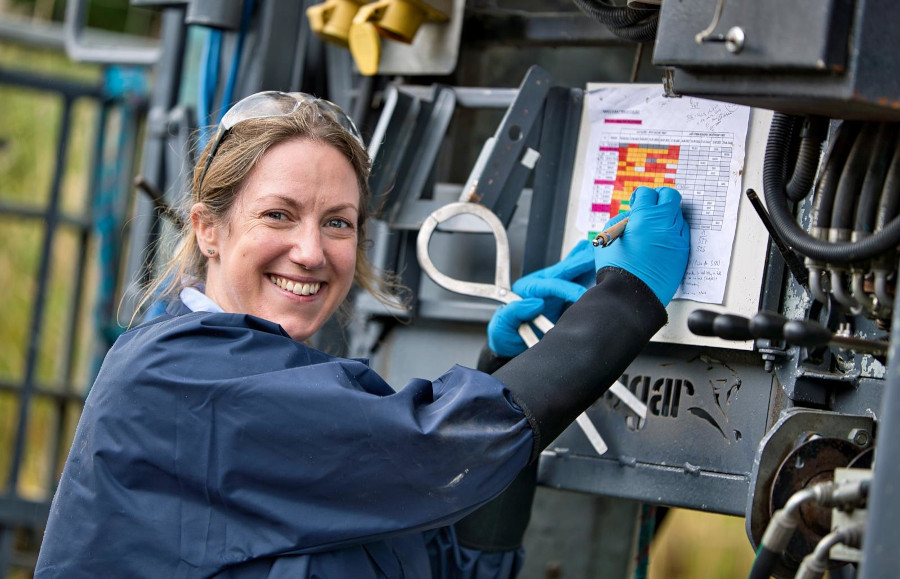Managing lameness in grazing herds
Wednesday, 21 August 2024
Sara Pedersen, Veterinary Consultant at Farm Dynamics Ltd, shares her experience and tips on managing lameness in grazing dairy herds.
A significant contributing factor to the risk of lameness in grazing herds is how cows are moved to and from pastures.
The condition of cow tracks is crucial; they need to be of an appropriate width, made from suitable materials and maintained regularly.
Poorly designed or maintained tracks combined with poor herding practices can increase the incidence of lameness, especially due to white line disease.
In wet weather, the risk of poaching around gateways increases, leading to conditions that soften the skin and make cows more susceptible to infections such as foul in the foot.
Effective lameness control in grazing herds is driven by effective cow management. This includes maintaining tracks, ensuring stress-free stockmanship and allowing cows to move at their own pace without being rushed.
These factors are some of the core elements of the AHDB Healthy Feet Programme, which aims to reduce lameness levels in herds through a multifaceted approach.
Sara’s top tips to reduce lameness in grazing herds
- Ensure that tracks are well-maintained and appropriately designed for the herd size – narrow tracks or those with poor surfaces can contribute to lameness
- Prioritise excellent cow flow and stockmanship practices to reduce the risk of lameness when herding
- Implement EDPET (Early Detection and Prompt Effective Treatment) to minimise the duration and severity of lameness
We are hosting Confident Strides events across Britain to help you take steps to improve cow mobility.
Find your nearest event and book your place
Further information

Sara Pedersen, Veterinary Consultant

